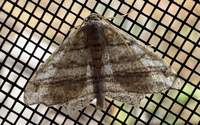
| Recorded by: Emily Stanley on 2025-10-15
Buncombe Co.
Comment: | 
| Recorded by: Mark Basinger on 2025-09-01
Rowan Co.
Comment: |
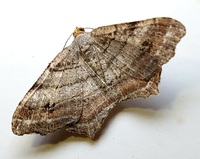
| Recorded by: Mark Basinger on 2025-07-13
Rowan Co.
Comment: | 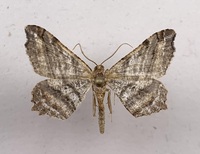
| Recorded by: R. Teper on 2025-05-18
Orange Co.
Comment: |
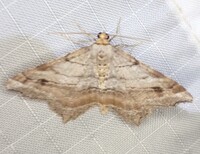
| Recorded by: Stefanie Hedrick on 2025-04-25
Mecklenburg Co.
Comment: | 
| Recorded by: K. Bischof on 2025-04-15
Chatham Co.
Comment: |

| Recorded by: Jim Petranka, John Petranka and Becky Elkin on 2025-04-14
Bladen Co.
Comment: | 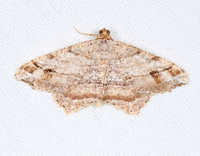
| Recorded by: Jim Petranka, John Petranka and Becky Elkin on 2025-04-14
Bladen Co.
Comment: |

| Recorded by: Mark Basinger on 2025-04-06
Rowan Co.
Comment: | 
| Recorded by: David George, Jeff Niznik on 2025-04-05
Chatham Co.
Comment: |
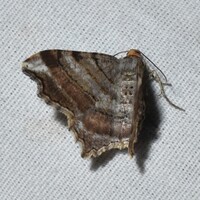
| Recorded by: David George, Jeff Niznik on 2025-04-05
Chatham Co.
Comment: | 
| Recorded by: Chuck Smith on 2024-09-22
Davidson Co.
Comment: |

| Recorded by: Chuck Smith on 2024-09-09
Davidson Co.
Comment: | 
| Recorded by: Chuck Smith on 2024-09-08
Davidson Co.
Comment: |

| Recorded by: John Petranka on 2024-09-06
Orange Co.
Comment: | 
| Recorded by: David George on 2024-08-31
Chatham Co.
Comment: |

| Recorded by: John Petranka on 2024-08-31
Orange Co.
Comment: | 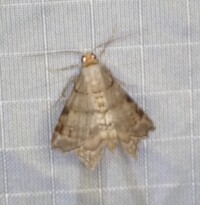
| Recorded by: Stefanie Hedrick on 2024-08-22
Mecklenburg Co.
Comment: |
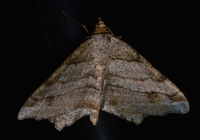
| Recorded by: Stephen Dunn on 2024-05-20
Orange Co.
Comment: | 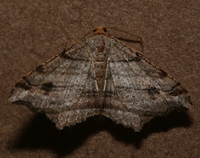
| Recorded by: David George, Rich Teper on 2024-05-13
Chatham Co.
Comment: |
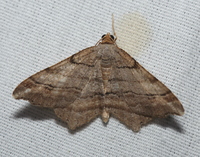
| Recorded by: David George, Rich Teper on 2024-05-13
Chatham Co.
Comment: | 
| Recorded by: Stephen Hall, David George, and David Bradley on 2024-05-07
Durham Co.
Comment: |

| Recorded by: David George, Stephen Dunn, Jeff Niznik on 2024-04-29
Chatham Co.
Comment: | 
| Recorded by: Ken Kneidel on 2023-11-17
Mecklenburg Co.
Comment: On Eastern Redcedar. |
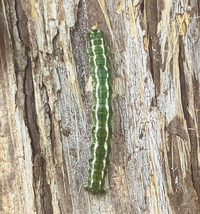
| Recorded by: Ken Kneidel on 2023-11-17
Mecklenburg Co.
Comment: On Eastern Redcedar. | 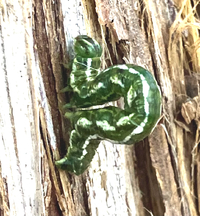
| Recorded by: Ken Kneidel on 2023-11-17
Mecklenburg Co.
Comment: On Eastern Redcedar. |

| Recorded by: David George, Stephen Dunn, Jeff Niznik on 2023-08-18
Caswell Co.
Comment: | 
| Recorded by: Stephen Dunn, Jeff Niznik on 2023-07-26
Chatham Co.
Comment: |
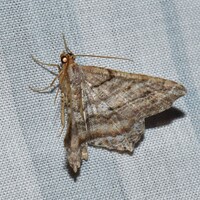
| Recorded by: David George, Steve Hall, Stephen Dunn, Jeff Niznik, Rich Teper, Becky Watkins on 2023-07-22
Orange Co.
Comment: | 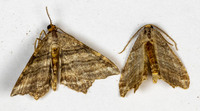
| Recorded by: Stephen Hall on 2023-07-16
Orange Co.
Comment: |
|

 »
»




















